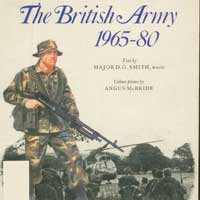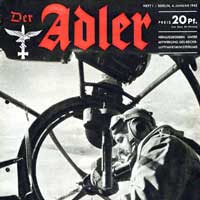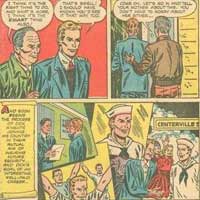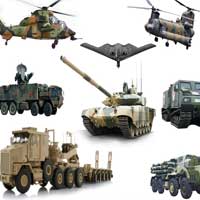PS Magazine, the Preventive Maintenance Monthly (1971 Editions)
The Preventive Maintenance Monthly published 12 editions in 1971. From May 1940 to…
This archive contains a large collection with all sorts of content spanning centuries of military history. We know it is impossible task to ever be finished, but we are doing our best to catalog everything and make it available in an effort to educate about historical and political issues so as to increase awareness and foster discussion of related content topics. All military literature in this library is accessible for download in PDF format.
In loving memory of "Jack" & "Lola"
The info here!





